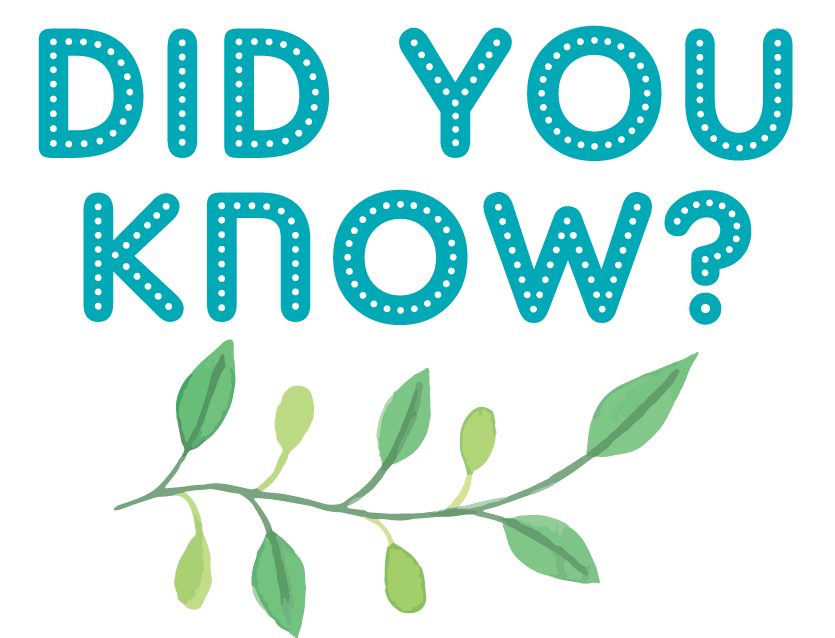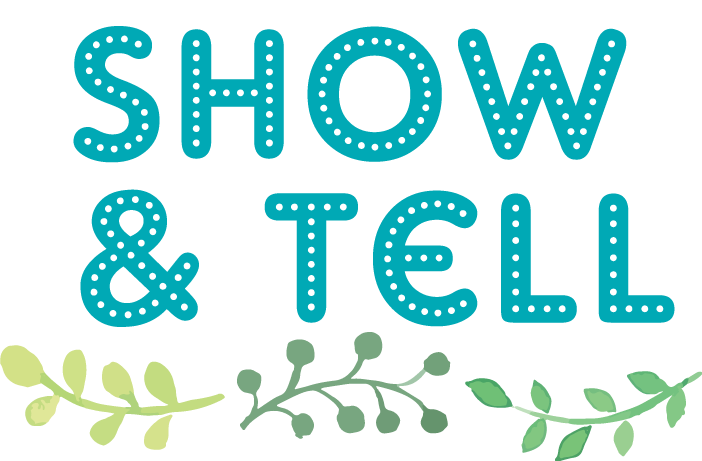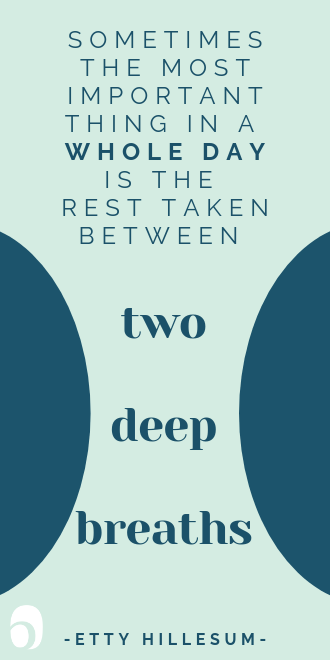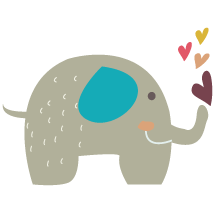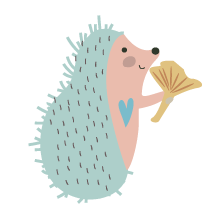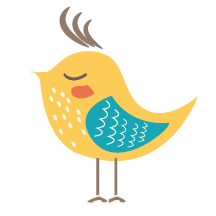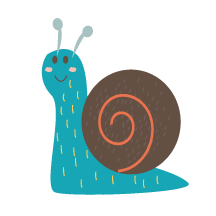
Anxiety is a message that tells us to pay attention… ‘Be ready for what’s coming next’. It’s a helpful message, but sometimes people have too much of that message. They are trying to ‘stay ready’ all the time, and that results in anxiety. Unfortunately, anxiety in children is on the rise, but fortunately, there are techniques to help.
We hope this month’s Mini POP-UP Kit gives you and the little ones in your life some tools for actively increasing calm and lowering anxiety in your life.
Mini POP UP Kit- Grow Calm
According to a 2017 research study, belly breaths (the kind you’ll practice in the activity) are shown to significantly lower cortisol levels AND heighten attention levels.
Kitchen Table Question:
How does it feel when you take a big, deep breath?
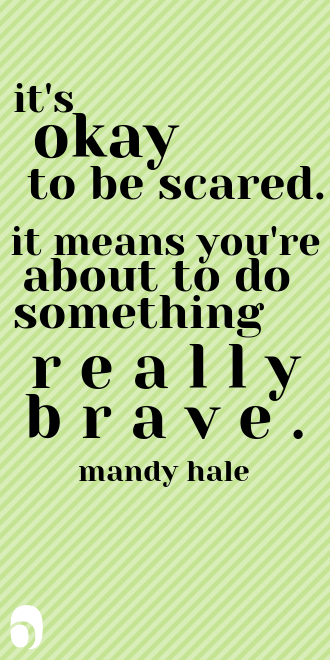
Play “pass the bag” to get your heart rate up. All you need is a paper bag and some tape. Here are the instructions:
-
- Fill the bag with air and tape it closed to make a kind of balloon.
- Standing on one foot, each player must gently hit the bag to pass it to the next player (or by themselves they just keep it up in the air)
- If a player’s second foot touches the ground, or they break the bag, or the drop the bag, they are eliminated from the game. The last person standing wins!
Now comes the educational part: Ask the kids how they feel after finishing the game.
Ask: Where in your body do you feel that? For example, is your heart beating faster? Are you breathing less deeply and more quickly? Are your muscles tense?
While they may not be feeling anxiety right now, the physiological symptoms of stress are very similar to excitement.
Ask them to draw a simple outline of their body (like a “gingerbread man” cookie) and color in where they are feeling these effects on their body (for example, if the feel their heart beating hard, then they might draw sharp bright lines around the their heart).
Now, to practice CALM:
C: Close your eyes or look closely at one point.
A: Bring in Air with 5 deep breaths to fill up your belly all the way.
L: Remember someone or something you Love and feel appreciation.
M: Imagine peaceful Music playing along with your breathing.
Now, ask them to draw a new outline of their body, and color in how and where they feel now.
Discuss the questions below.
Brainstorm times when you feel too much anxiety. When might doing this deep breathing be useful?
How could we signal to each other when one of us needs to take some deep breaths when we are feeling too worried? For example, a code word, body motion, or secret handshake?

Mini POP-UPs
Activities to try now
Map
Volunteers & Partners
Media
Spread the Word!
Partners
Become a Partner

